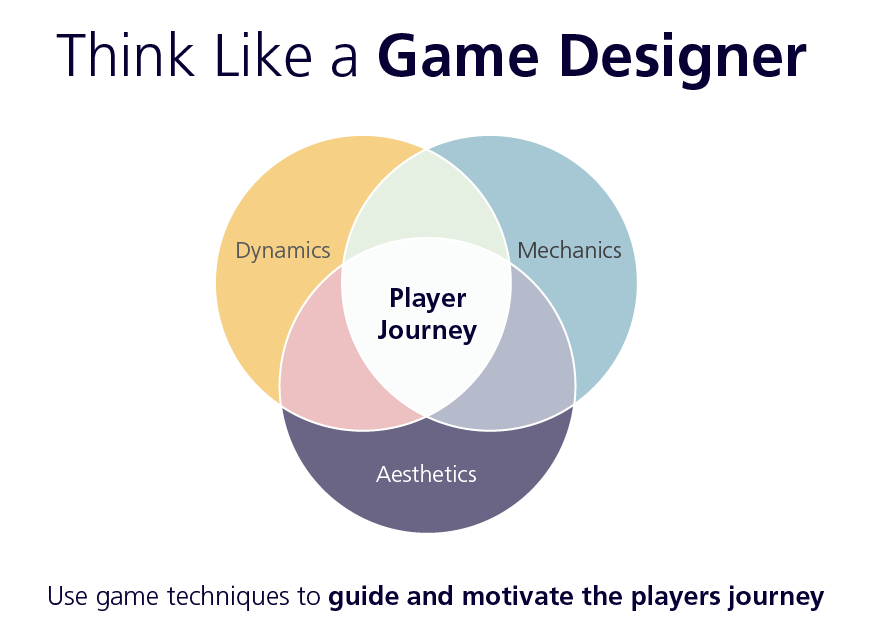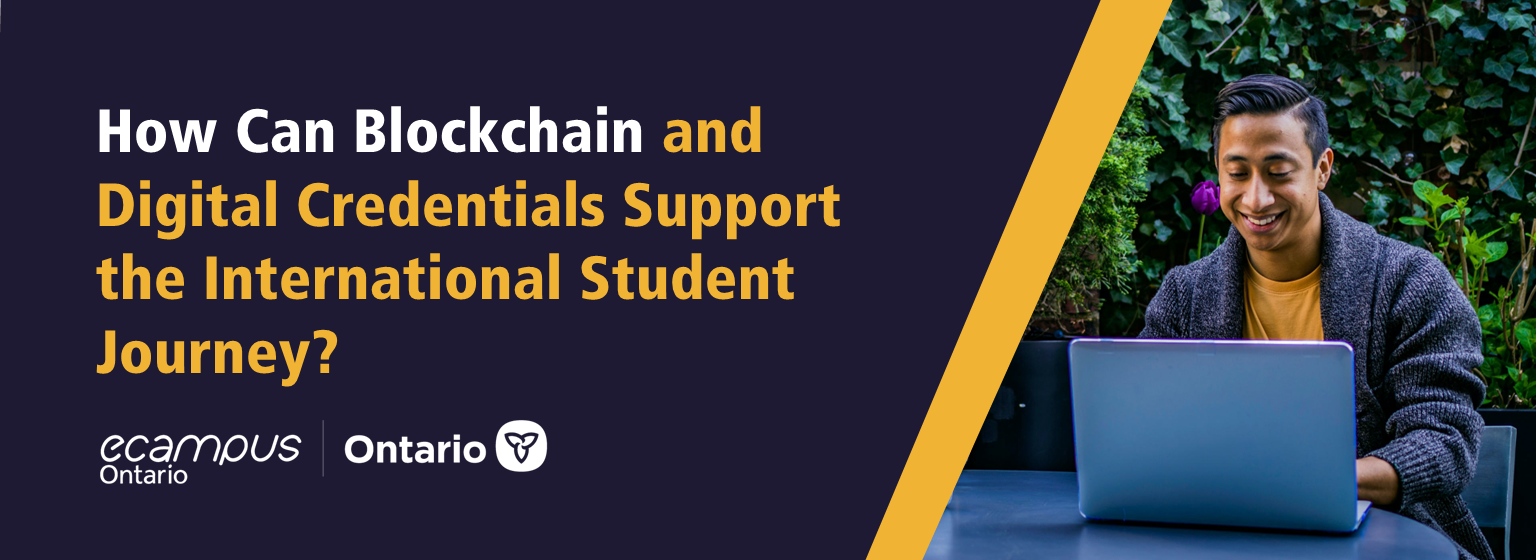
Warning: Undefined variable $post in /var/www/html/rc-ecampus.ecampusontario.ca/wp-content/themes/ecampusontario/functions.php on line 183
Warning: Attempt to read property "ID" on null in /var/www/html/rc-ecampus.ecampusontario.ca/wp-content/themes/ecampusontario/functions.php on line 183
4 min. Read
Semiotics, Decision Trees and Oxytocin with Dr. David Chandross, Ph.D.
Gamification is the use of game elements in non-entertainment contexts and my talk on November 20 at TESS is going to describe some cutting edge work we are doing in this area. The three main areas I am going to discuss are briefly outlined below.
Semiotics and Deep Learning
Semiotics is the study of symbols and in this context, how they influence the design of learning. The field is rather complex and a link to an online text on the subject as it relates to learning is provided below;
In our work on addiction medicine gamification with adolescent subjects, we used the construction of narrative as a device for engagement. Having students or patients engage in a game system where they can represent their journey of learning or recovery in the form of an avatar in a heroic journey, for example, is a powerful way to create what I refer to now as “Semiotic Resonance”. This indicates that learners see their process as a journey, and what happens to the “player” in the learning “game” is a reflection of their real life challenges and achievements. The most simple way to create this is to build simulation games in which the learner is challenged progressively as they take on simulation problems, such that the avatar in the game is a mirror image of their real world journey. A virtual doctor with a virtual practice reflects the real life medical career. As does an addict who plays a recovery game based on escape from oppression. Or having sociology students understand the pain of being a Syrian refugee by role playing their immigration journey to Europe.

Decision Trees
In simulation in health care, virtual patients are being developed by colleagues at UOIT, Baycrest Health Sciences, George Brown College and Centennial College in ongoing Ecampus projects and other funded areas. Virtual patients, or scenarios in the non-medical field, are designed as thick simulations, which either augment or replace real world simulation. A good review of this area is located in the link below;
In the talk at TESS I will look at how we build decision trees in a gamified system to enable learners to take on progressively more difficult clinical problems. According to recent fMRI data, decision trees which are well designed both inactivate default mode processing in the cortex and stimulate the ventral striatum, the central reward learning center of the brain. These are powerful effects and you will find ht evidence quite impressive which argues for gamification as a core learning methodology.
Oxytocin
Many publications have discussed the role of oxytocin in building socially connected networks, but they are all based on basic science, reviewed here;
In short, oxytocin appears to modulate complex social circuitry in humans and this has direct relevance to work in gamification and online learning. In short, providing online training without mandatory engagement in socially connected environments is not optimal and may even negatively affect learning. In real life, face to face training, there is a social element which is not only pedagogical, as in providing opportunities for students to learn from each other, but also creates a feeling of belonging and recognition. The concept that online learning should consist of courses which have minimal instructor input and optional use of forums and discussion board projects needs to be examined. In my talk we will discuss how optimized social systems boost engagement and learning.

The bottom line for the TESS presentation is that simulation games can take a learner on a journey that reflects the real world, is based upon making critical decisions and connects them through socially integrated learning. Online learning is going to change in marked ways as gamification and behavioral neuroscience become more central to design and we will have the opportunity to talk about the intersection of play and learning using serious game design.
Dr. David Chandross, PhD will be speaking at eCampusOntario’s Technology Enabled Seminar and Showcase this November. To register please visit TESS17.ecampusontario.ca



